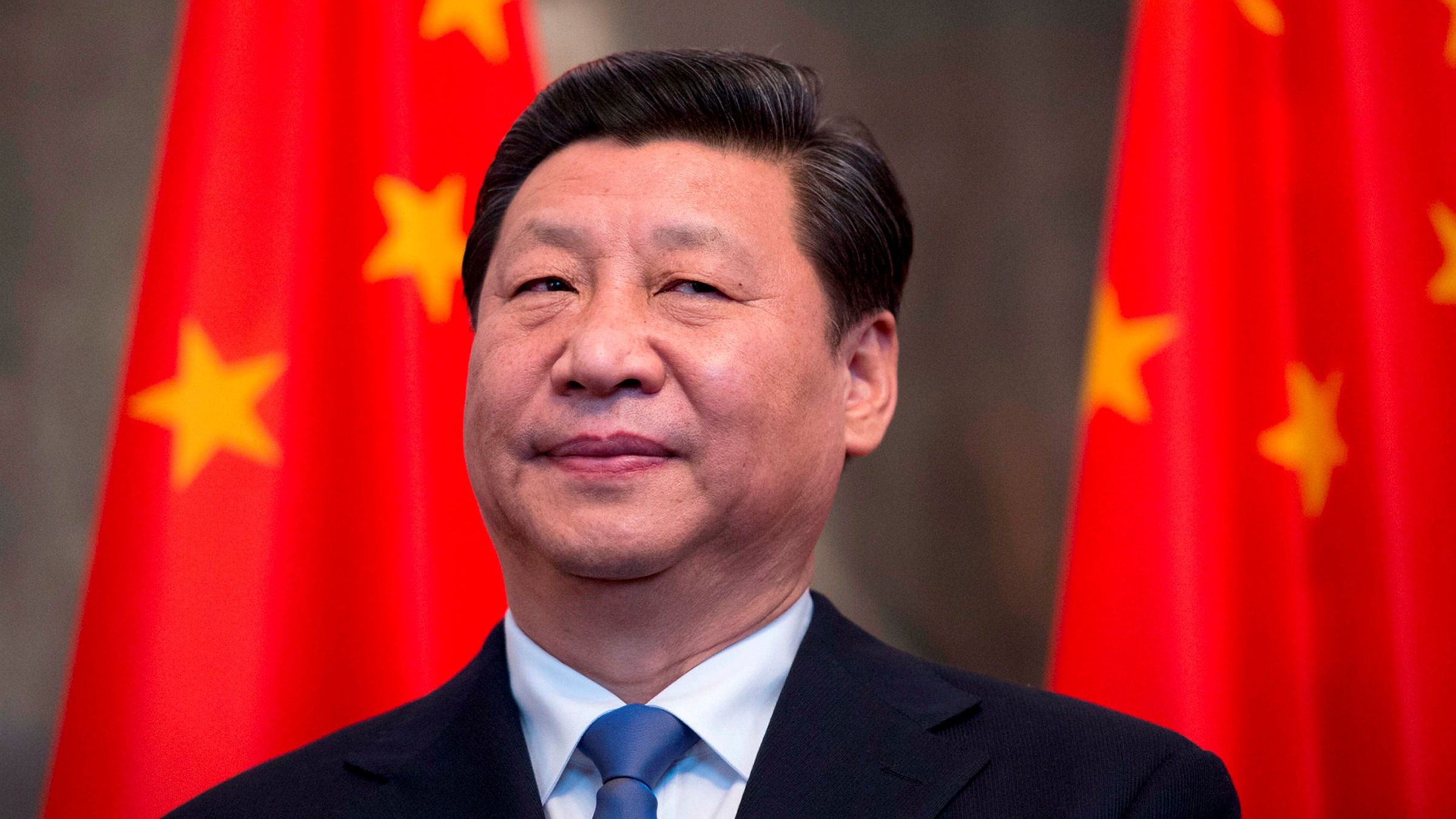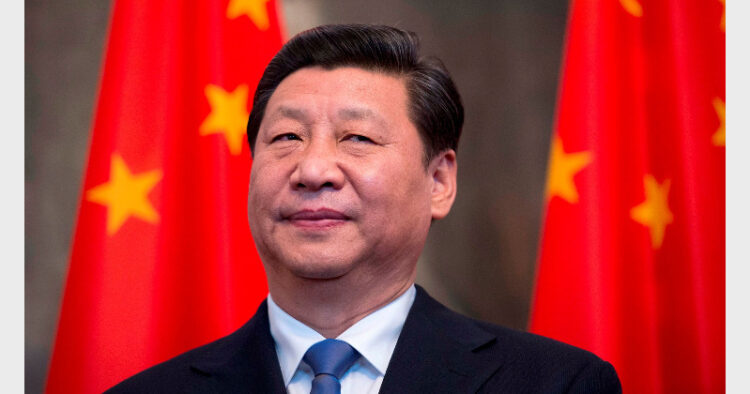
Amid this multifront war and Covid19, Xi has increased his support in the Politburo by 300%. Now, Approximately 60% (15-members) of the 19th Politburo is Xi’s trusted lieutenant, up from around 20% (5 members) of the 18th Politburo. The7-member Politburo Standing Committee (PBSC)is the most powerful body in China. AndPolitburo (with 25 members) is the second-most important decision-making body in China. The CCP’s penchant for promoting younger leaders suggests that three current Politburo members born in the 1960s—Chen Min’er, Ding Xuexiang, and Hu Chunhua—are favourites for the next PBSC. Chen Min’er and Ding Xuexiang are close confident of Xi.
Xi has broken all the procedures and practices to induct his people in the Politburo. Firstly, Xi brought two members from outside the Central Committee, which had not happened since 1992. Secondly, Xi elevatedFour members – who were alternate members of the 18th Central Committee-to the 19th Politburo. Full membership of the previous Central Committee is usually a prerequisite for promotion to the Politburo.The six members who relishedfast-tracked promotions to the 19th Politburo are Xi’s near and dears.
While Xi is busy protecting his chair, China and Chinese are suffering. In 2019, China noted its lowest GDP growth in almost half a century, and 2020 has only been worse. As the nation’s economic strength began to wilt, in the first quarter of this year Beijing was forced to openly acknowledge an economic downturn for the first time since 1976. On April 17 2020, the National Bureau of Statistics declare that the economy slender by 6.8 % compared to the similar period last year. Unexpectedly for the first time in 30 years, no GDP growth target was announced in the annual National People’s Congress (NPC)) on May 22 2020. Few CCP Officials off the record admitted “absence of GDP target” is because of the coronavirus pandemic, the steep challenges the country faces amid a struggling economy and increasing international hostility.
The “economic uncertainity” is evident from the fact that even inducing mega US$559-billion revival package, the Chinese government is facing challenges to save large banks such as the China Construction Bank and the Bank of China as they posted their biggest profit drops in a decade.
In 2019, China’s total corporate, household and government debt rose to $40 trillion. This is about 300 % of its GDP and about 15 % of all world debt. Hefty Chinese government borrowing directed S&P to rescript its projected debt-to-GDP ratio to 273 %. In terms of unemployment, 80 million workers are jobless post-covid19. Further, additional 8.7 million will be seeking job this year.
In his sensational May 28 2020 speech, Chinese Premier Li Keqiang confessed that over 600 million Chinese are barely earning 1000 yuan a month, which is not adequate to even rent a room in any Chinese city. Further, 40 % of China’s population by 2050 would consist of retired people; the repercussion of CCP’s 1979 One-Child Policy.
Moreover because of floods in farmlands and covid19, China is suffering a major food crisis. As a result, China – the second-largest wheat producer- is forced to import wheat in large quantity.The Domestic soya prices have doubled and imports of US corn are at their highest since 2014.
Besides economic, political and diplomatic losses; the biggest damage for China is the loss of global trust on China’s practises, products and people. On China’s National day, the sane voices in China should come together and stop China from this self-destruction path.
China should follow the motto “Posteracrescam laude” (meaning “grow in the esteem of future generations”). With Modi as Indian PM, the current Chinese stand towards India is myopically unsustainable. It is the most appropriate time to redefine the Chinese narrative to towards India and the world.














Comments